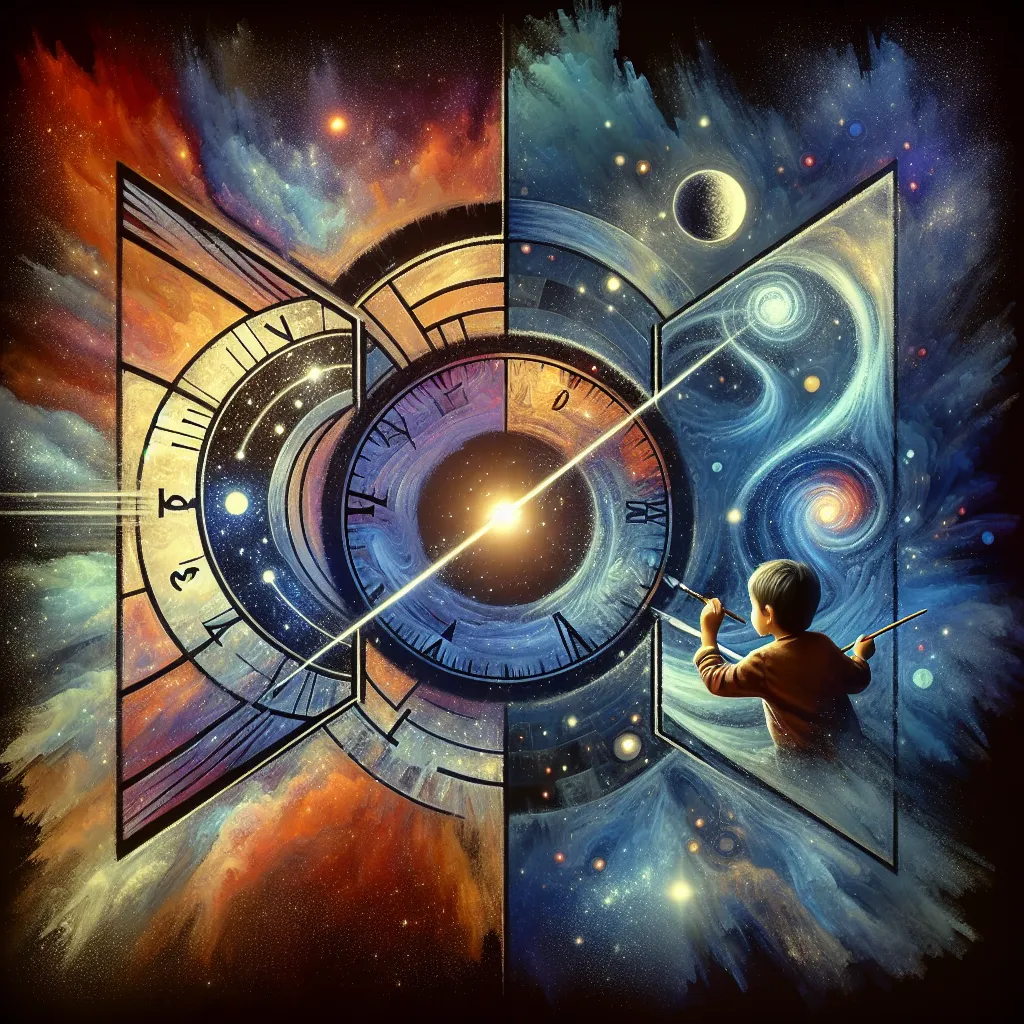The Ahuizotl: Aztec Water Guardian or Terrifying Predator?
Deep in the heart of Aztec mythology lurks a creature that’s both fascinating and terrifying. The Ahuizotl, often called the “water dog,” is a mythical beast that’s captured imaginations for centuries. It’s not your average monster – this creature embodies the dual nature of the natural world, both protective and predatory.
Let’s dive into the mysterious world of the Ahuizotl and uncover its secrets.
Picture this: a creature about the size of a small dog, but way more bizarre. The Ahuizotl’s got this waterproof fur that’s a mix of black and grey, and it spikes up when it comes out of the water. Pretty intimidating, right? But that’s not even the weirdest part. This little beast has hands like a raccoon or monkey, not just on its arms, but also on the end of its tail! Talk about a creature feature.
Now, where would you find such a strange being? Well, if you were an ancient Aztec, you’d probably steer clear of the deep pools and caverns around Lake Texcoco. That’s where the Ahuizotl was said to hang out, keeping watch over the fish and other water critters. Sounds noble, doesn’t it? But here’s the catch – this guardian had a dark side.
The Ahuizotl wasn’t content with just protecting fish. No, it had a taste for human prey, especially fishermen who wandered too close to its watery domain. And let me tell you, this creature was crafty. It had some seriously creepy ways of luring people to their doom.
Imagine you’re walking by a lake and you hear a baby crying. Your first instinct would be to help, right? Well, in Ahuizotl territory, that’s a one-way ticket to a watery grave. This creature could mimic a baby’s cry perfectly, drawing unsuspecting victims right to the water’s edge. And if that wasn’t enough, it could also make fish and frogs jump out of the water, tempting curious fishermen to come closer.
Once you were in range, that’s when the Ahuizotl would strike. Remember that weird hand on its tail? That’s its secret weapon. It would use that extra appendage to grab its prey and drag them under. Not a pleasant way to go, if you ask me.
But here’s where it gets really wild. In Aztec belief, being chosen by the Ahuizotl wasn’t all bad news. Sure, you’d die a horrible death, but then you’d get a one-way ticket to Tlaloc’s paradise. Tlaloc was the big cheese when it came to rain and water gods. So, in a twisted way, being an Ahuizotl victim was kind of an honor. Small comfort when you’re being dragged to the bottom of a lake, though.
The Ahuizotl wasn’t just about the killing – it had some peculiar dining habits too. It was said to feast on the eyes, nails, and teeth of its victims. Gross, right? But in the world of Aztec mythology, even this gruesome detail had significance.
This water monster wasn’t just a scary story to keep kids away from dangerous waters. It was a big deal in Aztec culture. One of their rulers even used the Ahuizotl as his personal emblem. That’s like having a lake monster on your family crest – pretty metal if you ask me.
The legend of the Ahuizotl was so powerful that it even made its way into European accounts. Hernán Cortés, the Spanish conquistador, reported that one of his men fell victim to this creature. Now, whether that actually happened or if it was just a case of colonial ghost stories getting out of hand, we’ll never know. But it goes to show how deeply this myth had penetrated the collective consciousness.
The Ahuizotl didn’t just influence stories – it shaped behavior. Aztec people had some serious rules about dealing with suspected Ahuizotl victims. Only priests could touch the body, and if a regular Joe did, they risked becoming the next victim or getting gout. Talk about strict workplace safety regulations!
And get this – they had to bury the body in a house surrounded by water. It’s like they were giving the Ahuizotl a housewarming gift. These rituals show just how seriously the Aztecs took their water mythology.
Fast forward to today, and the Ahuizotl is still making waves (pun intended). It’s popped up in books, art, and even politics. There was a revolutionary periodical called “El Hijo del Ahuizote” – The Son of the Ahuizotl. Imagine naming your edgy political magazine after a mythical water dog. That’s some next-level branding right there.
Now, you might be thinking, “Has anyone actually seen an Ahuizotl recently?” Well, not officially. But that doesn’t stop people from spinning yarns about weird stuff happening near lakes and rivers. It’s like the Loch Ness Monster’s Mexican cousin – always lurking just out of sight.
These modern stories aren’t just for kicks, though. They’re a connection to our past, a way of keeping ancient traditions alive. When someone tells a spooky tale about a strange creature in the water, they’re not just trying to give you goosebumps. They’re carrying on a tradition that’s thousands of years old.
The Ahuizotl is more than just a cool monster story. It’s a window into how ancient cultures viewed the world around them. This creature represents the complex relationship between humans and nature. On one hand, it’s a protector of aquatic life. On the other, it’s a deadly predator that targets humans. It’s like Mother Nature saying, “I’ll take care of my own, but don’t you dare mess with my turf.”
This duality is something we still grapple with today. We rely on nature, we admire its beauty, but we’re also aware of its dangers. The Ahuizotl embodies this complicated relationship perfectly.
Diving deeper into the Ahuizotl myth, we can see how it reflects the Aztec worldview. Water was incredibly important in their culture – it was life-giving, but also dangerous and unpredictable. The Ahuizotl, with its protective and destructive aspects, perfectly encapsulates this dual nature.
It’s fascinating to think about how myths like this shape our understanding of the world. Even in our modern, scientific age, these old stories still have power. They tap into something primal in our psyche, reminding us of the mysteries that still exist in the world.
The Ahuizotl also serves as a potent environmental message. It’s a reminder that nature demands respect. In a time when we’re facing serious environmental challenges, maybe we could use a mythical guardian or two to remind us of the importance of preserving our natural resources.
But let’s not forget the human element in all this. Imagine being an Aztec fisherman, heading out to Lake Texcoco to catch your daily haul. The legend of the Ahuizotl would be more than just a story – it would be a very real concern. Every unexplained splash, every strange sound could be the dreaded water dog coming to claim another victim.
This kind of visceral fear is something we’ve largely lost in our modern world. But stories like the Ahuizotl allow us to reconnect with that primal part of ourselves, to feel that thrill of fear and wonder at the unknown.
As we wrap up our deep dive into the world of the Ahuizotl, it’s worth considering why these ancient myths still captivate us. In a world where we can explain away most phenomena with science, why do we still cling to these fantastical stories?
Maybe it’s because, deep down, we want to believe there’s more to the world than what we can see and measure. The Ahuizotl represents the unknown, the mysterious forces that might be lurking just beneath the surface of our everyday lives.
Or perhaps it’s simpler than that. Maybe we just love a good story, and the tale of a shape-shifting water monster with a hand on its tail is just too cool to let go of.
Whatever the reason, the Ahuizotl remains a fascinating piece of mythology. It’s a reminder of our complex relationship with nature, a window into ancient cultures, and a darn good scary story all rolled into one.
So the next time you’re near a body of water and hear something strange, just remember – it might be the Ahuizotl. And if you see a hand reaching out of the water… well, maybe don’t shake it.






